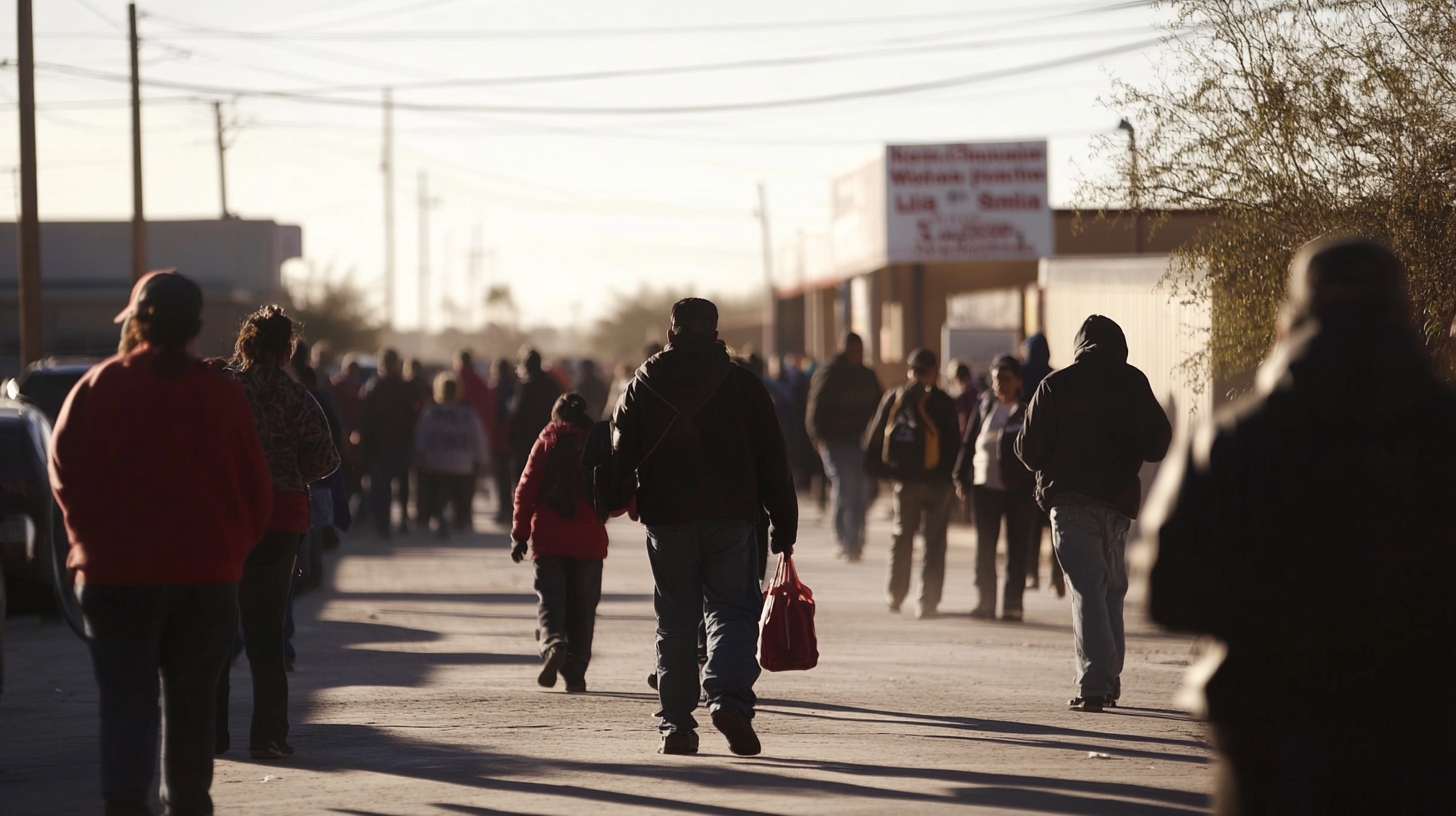**Warmer Conditions Expected, But Freezes Still Possible in Rio Grande Valley**
As residents of the Rio Grande Valley (RGV) in South Texas prepare for the winter months, weather predictions from the National Weather Service have sparked both reassurance and caution. La Niña conditions are set to dominate, potentially bringing warmer and drier weather to the region. However, experts warn that significant cold snaps should not be ruled out, prompting Valley residents to remain vigilant.
**Understanding the La Niña Effect**
La Niña, a climate pattern characterized by cooler ocean temperatures in the Pacific, typically leads to warmer and drier winters for South Texas, including the RGV. The National Weather Service has indicated a more than 70% probability of La Niña developing this season, easing concerns of prolonged cold spells. This pattern promises milder temperatures, welcomed by many in the region accustomed to the fickle Texas winters.
Meteorologist Andrei Evbuoma of the National Weather Service notes, “While we anticipate a generally warmer winter, history shows that La Niña does not entirely preclude the possibility of cold snaps. Residents should be mindful of the sudden shifts that can occur during late December and January.”
**Potential for Sudden Freezes**
Despite the anticipated warmth, the possibility of “Arctic Express” events remains. These are defined as cold air masses that drastically drop temperatures, causing rare freezes in the RGV. Past events have seen temperatures plunge into the teens and 20s (°F), severely impacting the region’s agriculture and infrastructure.
With such freezes likely occurring between late December and January, these cold snaps could wreak havoc on the Valley’s sensitive citrus crops and tropical plants, both vital to the local economy. Hidalgo County extension agent, Maria Elizondo, emphasizes preparing for these events: “Our community should take preemptive actions such as covering plants and insulating pipes. Even a brief freeze can cause substantial damage.”
**Community Precaution and Advice**
Given the unpredictable nature of winter in South Texas, local resources are rallying to provide guidance and support. Residents are encouraged to stay updated by tuning into reliable sources like KRGV Channel 5 weather reports and the National Weather Service for any warnings or advisories.
City officials across Cameron, Hidalgo, Starr, and Willacy counties are urging residents to make practical preparations. This means ensuring heating systems are functional and outdoor plants are protected. Additionally, winterizing homes to prevent damage from these temperature fluctuations is highly recommended.
San Benito’s Mayor Jack Garcia suggests community-focused initiatives, “We’re proposing a series of workshops to guide residents on best practices for safeguarding their homes and gardens. Collaboration and preparedness will be key in mitigating the effects of severe weather.”
**Reflecting on Past Experiences**
The Valley’s past encounters with unexpected freezes serve as stark reminders of the potential for significant economic and personal impacts. In January 2018, an unexpected freeze damaged vast citrus crops, highlighting the vulnerability of the local agricultural sector. As a result, enhanced efforts were made to educate farmers and residents on risk mitigation strategies during winter weather anomalies.
**Future Implications**
The anticipation of a predominantly warm winter due to La Niña holds promise for economic activities across the region. However, the ever-present threat of sudden freezes means the Valley must remain prepared.
Looking forward, regional leaders, including the Hidalgo County Prosperity Task Force, are exploring investments in infrastructure that can withstand extreme temperatures. This foresight aims to reinforce the resilience of the RGV’s economy and improve the quality of life for its residents.
**Balancing Perspectives**
While many Valley residents rejoice at the prospect of a mild winter, there exists a need to understand the broader implications on agriculture, commerce, and daily life. Stakeholders must navigate the fine balance between embracing La Niña’s warmth and preparing for potential disruptions that abrupt freezes could cause.
The Rio Grande Valley’s preparation for this winter season exemplifies the community’s resilience and proactive approach to weather-related challenges. With an understanding of the past and a vigilant eye on future forecasts, Valley residents are poised to face the upcoming season well-prepared.
**Resources and Assistance**
For residents seeking more information on how to prepare their homes and businesses, links to local workshops and weather updates are available on the Texas Border Business website. Emergency contact lines will also be disseminated through social media platforms, ensuring that every part of the regional community remains informed and ready.
Stay connected with Texas Border Business through their various digital platforms for the latest RGV news and updates regarding the evolving winter weather situation. Being prepared today ensures the Valley will successfully navigate any challenges it may face tomorrow.







